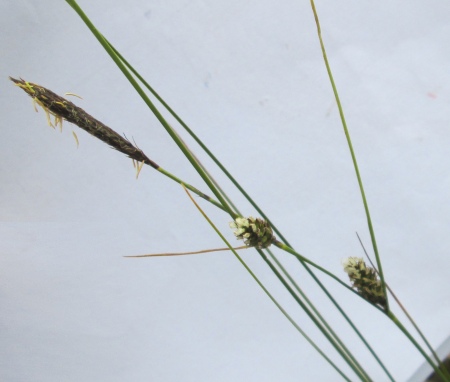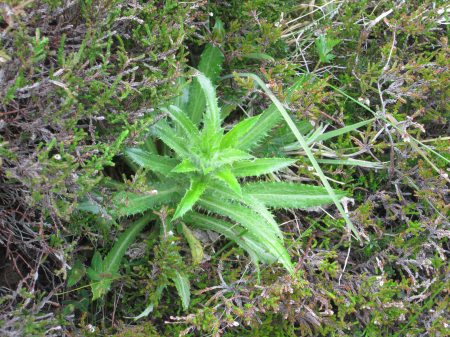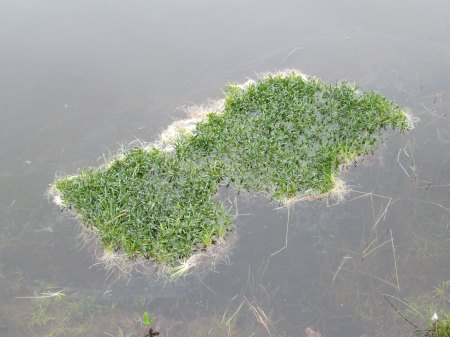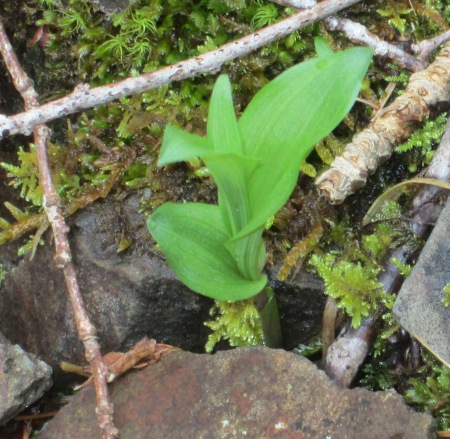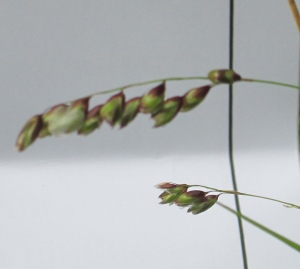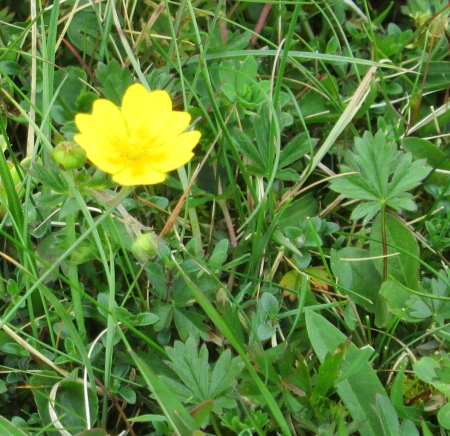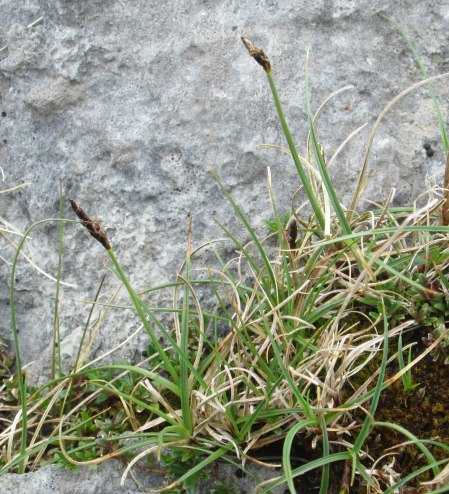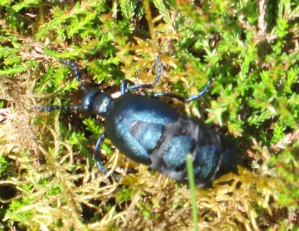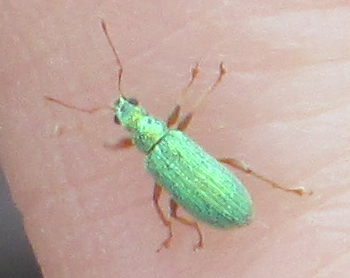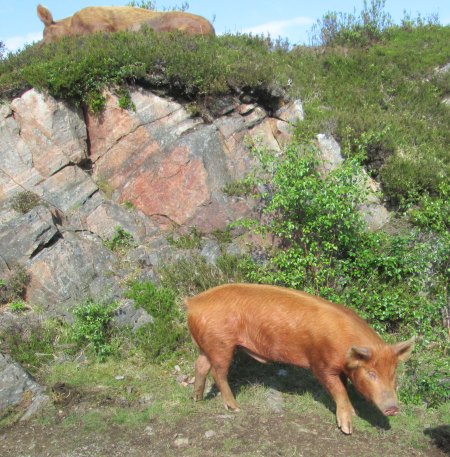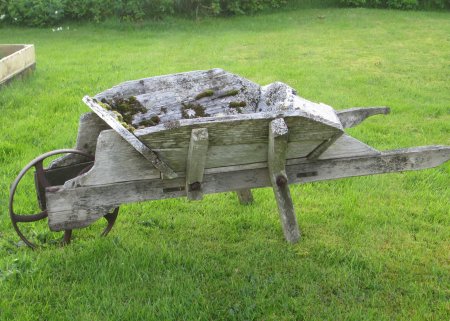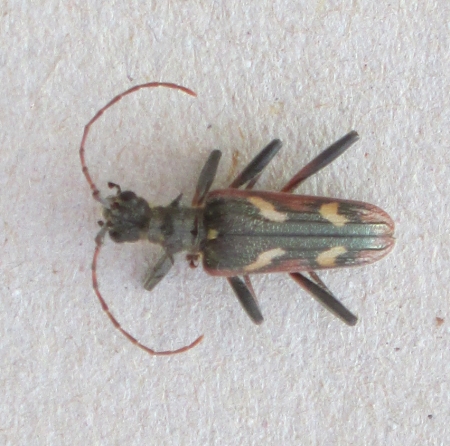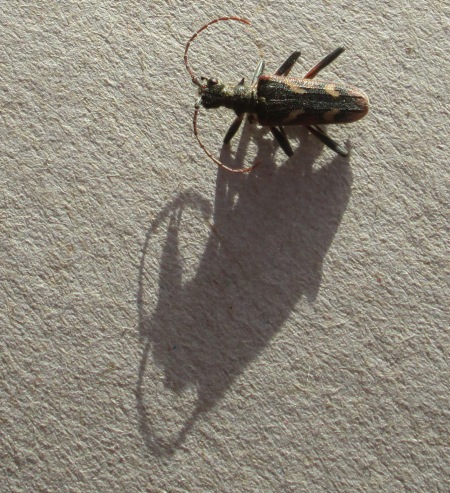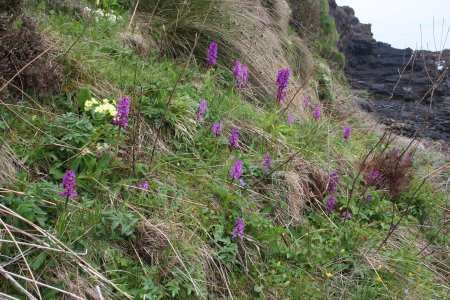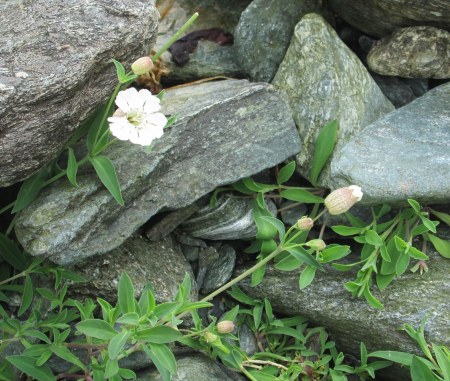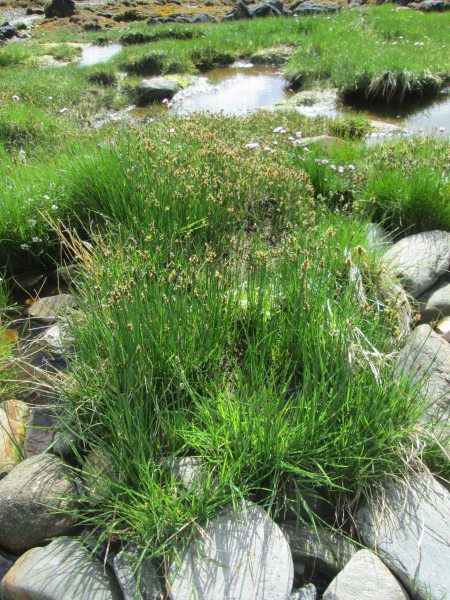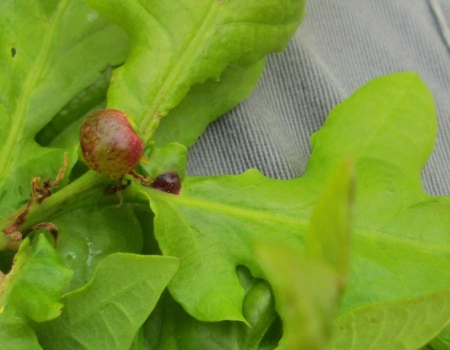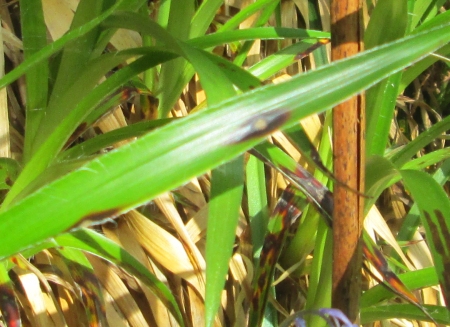Yesterday I visited two partial tetrads near Tarskavaig. To the northwest NG51Q has 2.6% of its area as land according to Biological Records Centre data. It previously had two records – one for Dwarf Juniper by Roger and Pat whilst doing ottery things and one of a hawkweed by Catriona in 1962. It turns out to have a rich coastal strip and despite the small land area and relatively short time spent, I recorded 135 taxa including two nice patches of Orchis mascula (Early-purple Orchid), thus adding to the modest count of recent Sleat sites for this attractive plant.
There was Arabidopsis thaliana (Thale Cress), not seen often on Skye outside garden and ruderal habitats and new 10km square records for Bolboschoenus maritimus (Sea Club-rush) and Pedicularis sylvatica subsp. hibernica (Lousewort – Irish subspecies). There were Sleat oak woods a few centimetres high:
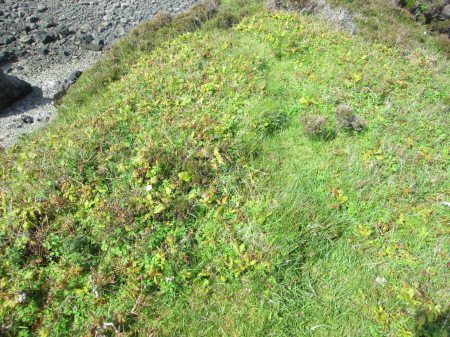
“Oak wood”
A closer look reveals that it is a mixture of oak and aspen with woodland flora such as Anemone nemorosa (Wood Anemone) and Primula vulgaris (Primrose):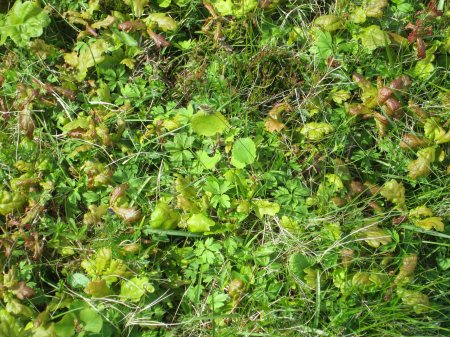
There was lots of Populus tremula (Aspen) and Juniperus communis subsp. nana (Dwarf Juniper) along the cliffs – as there was in the second tetrad covered below. This Juniper bush with a thick trunk looks to have defied Skye’s weather for a good few years:
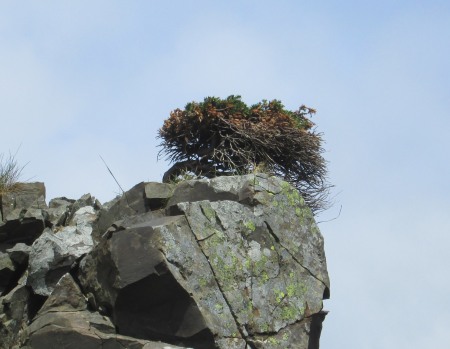
A few of the leaves of Ficaria verna subsp. fertilis (Lesser Celandine) had been mined by what is probably the dipteran Phytomyza ranunculi, but there are a couple of other possibilities: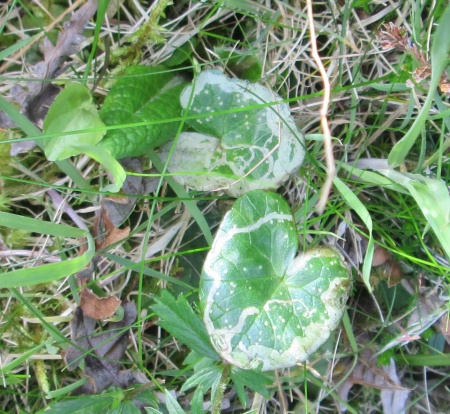
and one patch of Thymus polytrichus (Wild Thyme) was covered in galls made by the mite Aceria thomasi:

Aceria thomasi galls
Moving slightly south to NG60T which had only one previous record – again of Juniper from Roger and Pat – I was scolded by a pair of Ringed Plovers that were determined to lead me away from a critical area:
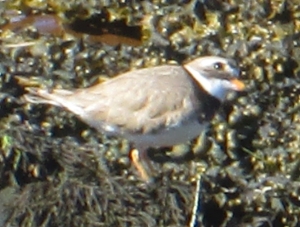
Ringed Plover
This area was botanically less rich and despite it being larger (34.5% land – though I only looked at about half of this) and my spending more time in it, I only recorded 111 taxa of which 89 had also been seen in the earlier tetrad. Some of the plants found here were quite pleasing, however, such as Cerastium diffusum (Sea Mouse-ear), which always looks its best early in the season:
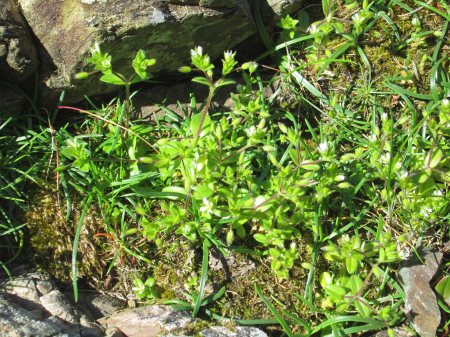
Cerastium diffusum
two patches of Osmunda regalis (Royal Fern):
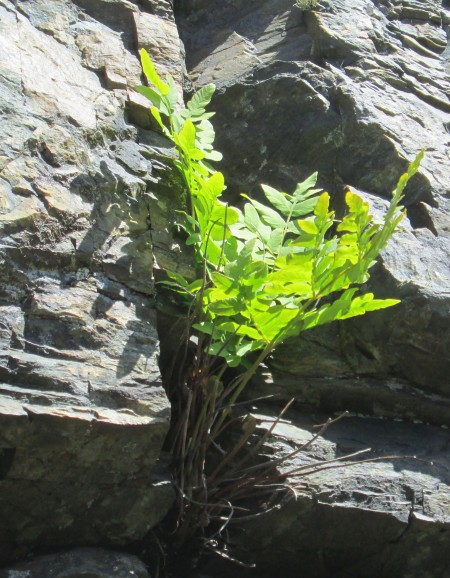
Osmunda regalis
and four sites for Ophioglossum azoricum (Small Adder’s-tongue) to add to the two sites previously known on Skye (both also in Sleat):
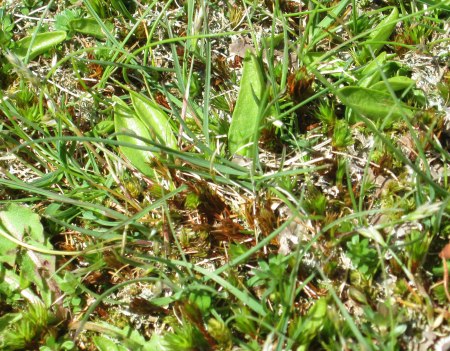
Ophioglossum azoricum
The sites are all very short “turf” on exposed headlands and common associates are Aira praecox (Early Hair-grass), Plantago coronopus (Buck’s-horn Plantain), and Sedum anglicum (English Stonecrop).
-

-
Ophioglossum azoricum sites
-

-
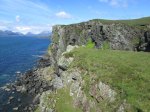
-

There were huge sheets of moss on a wet sea cliff: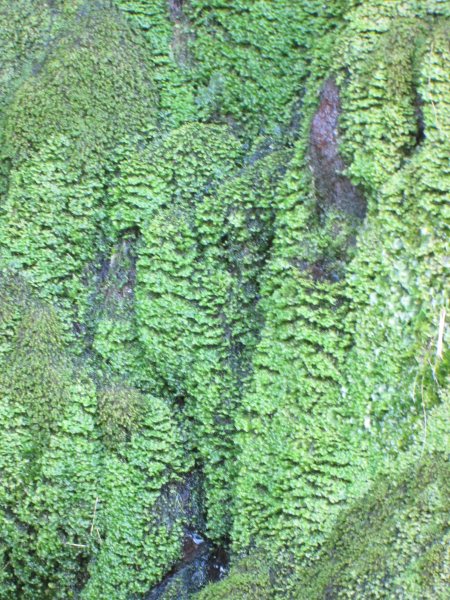
I have taken a small piece so as to ask Nick what it is when I see him on Thursday.
Coming away from the target area back to the car at Gilean, I came across Ophioglossum vulgatum (Adder’s-tongue) – a new 10km square and only the second record ever for Sleat. This plant seems to be missing from huge areas of Skye but I wonder if it has been overlooked.
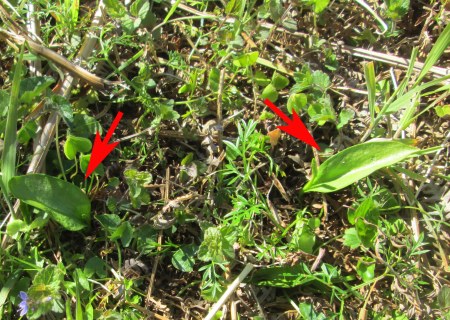
Ophioglossum vulgatum
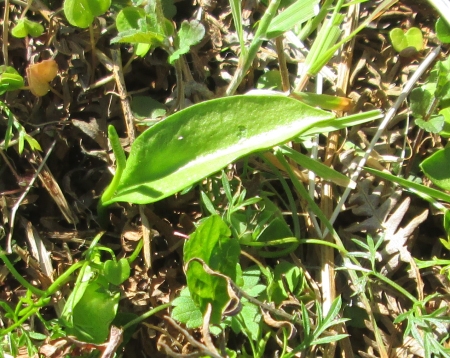
Ophioglossum vulgatum
Here, as always in this part of the world, it was associated with bracken.
Finally, it is not just the rare things that attract attention:
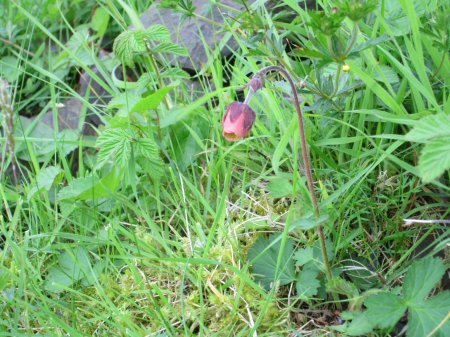
Geum rivale (Water Avens)
